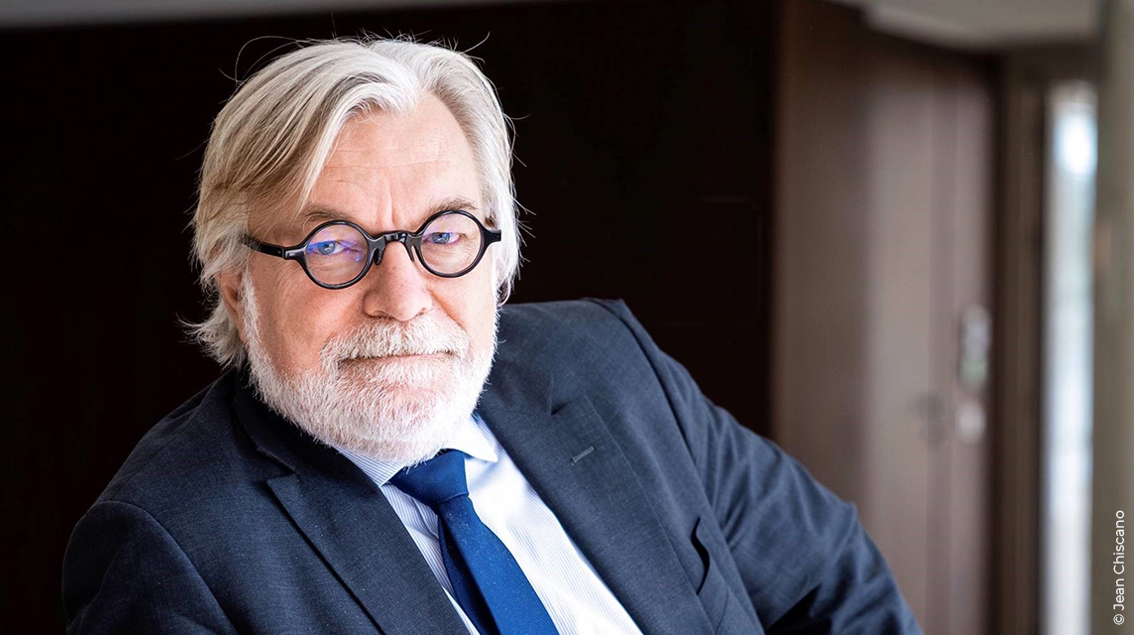By lowering the refi rate at 0.05%, Mario Draghi said that the lower bound for ECB interest rates was reached. The deposit facility rate was also down 10 bp to -0.2% and the marginal lending facility dropped 10bp to 0.3%.
The first consequence of this measure is the flattening of the Euribor curve. The money market yield curve which was already at a very low-level will be reduced again. It will be anchored to the new level of 0.05% for the refi rate. For short-term maturities (3 month), the yield will be close to this level. Euro as a currency will become dramatically less attractive. This first measure must fix expectations of very low-interest rates for an extended period.
The second measure is the purchase of ABS and covered bonds for which details will be known at the next ECB meeting (October 2)
The use of this new instrument is important for two reasons
Purchases of ABS and covered bonds will allow a reduction of risks in the banking sector’s balance sheet. The scope will be broader than operations TLTRO announced June 5 (see here). Consistent with announcements made in Jackson Hole, the ECB wants to ease credit in order to boost internal demand. There will be a transfer of risks from the banks’ balance sheet to the ECB. As the Euro zone economy is mainly financed by banks, the ECB can play the role of lender of last resort bu transferring risks (At Jackson Hole Draghi said that he regrets not being able to intervene on public debt as every central bank (see here))
The other point linked with this asset purchases is the objective to lower the value of the European currency. The ECB wants to create an impulse from outside in order to boost activity. Lower interest rates will help in this task by reducing the attractiveness of the Euro (it is the main reason for this rates’ reduction). By buying assets, the ECB will dramatically increase its balance sheet. The difference with the LTRO of late 2011 and early 2012 and with the next TLTRO is that the new measure will not be temporary. The increase in the balance sheet via the purchase of ABS and covered bonds is here to stay. That’s a real difference. Draghi expect to go back to the 2012 balance sheet level with all these operations (see graph below).
The lower attractiveness and the creation of euros in order to purchase assets will have a strong downward impact on the European currency. It will depreciate dramatically. Financial flows will be lower and the current account surplus will rapidly be lower.
The ECB idea is to change dramatically the euro profile in order to give a comparative advantage to the Euro Area. This will be positive for growth. Changes in financing conditions (low interest rates, transfer of risks) will make the internal demand able to take advantage from this impulse and take the relay to improve economic activity. This dynamics is probably the reason for the increase in GDP growth for 2016 at 1.9% (in the new forecasts) instead of 1.8% in June.
If it is not sufficient, because fiscal policies are not expansive enough, as expected in Draghi’s speech in Jackson Hole, the ECB still have the possibility of a more classical QE. The BCE wants to react to the inertia seen in the Euro Area in front of the lack of growth, the absence of inflation and of jobs creation.
The ECB wants to be at the heart of the solution.




